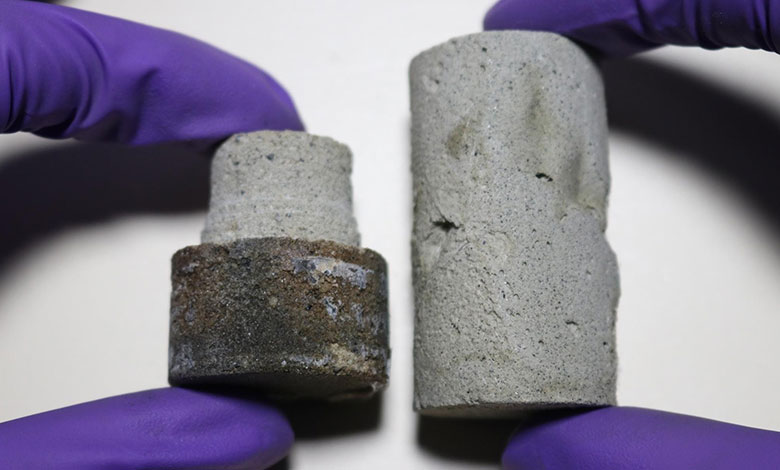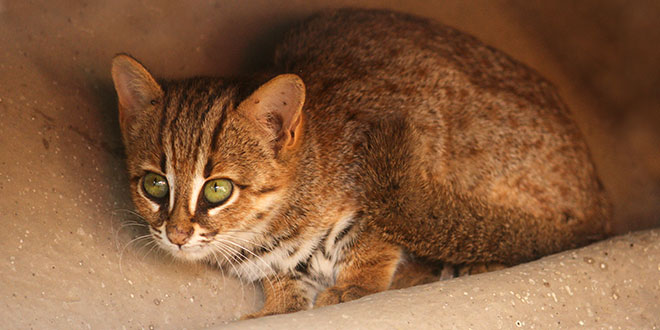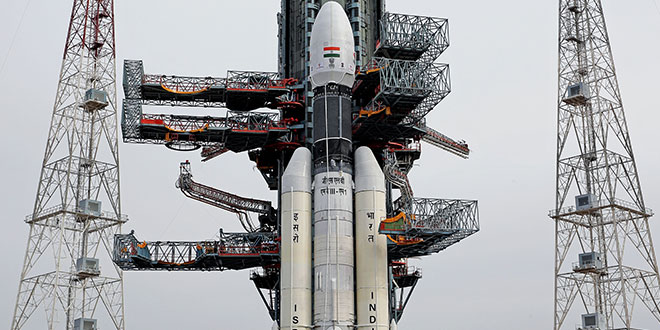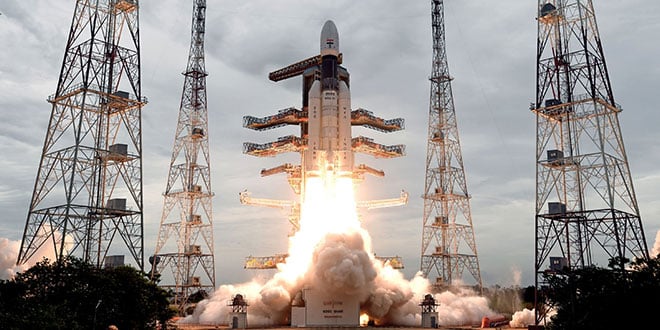Indian scientists develop space bricks for lunar habitation
ISRO launched two unmanned missions to the moon in 2008 and 2019 as part of its inter-planetary exploration to study the earth's natural satellite.

Bengaluru : Research scientists from the premier Indian Institute of Science (IISc) and the state-run Indian Space Research Organisation (ISRO) have developed a process to make bricks on the moon for habitation.
“The process involves extracting lunar soil and using bacteria and guar beans to harden it (soil) into brick-like structures for habitation on the moon in the future,” a researcher of the city-based science institute told IANS on Monday.
The Indian space agency launched two unmanned missions to the moon in 2008 and 2019 as part of its inter-planetary exploration to study the earth’s natural satellite, though it failed to land on the lunar surface.
The making of space bricks brings biology and mechanical engineering together and using them to assemble structure for habitation on the moon’s surface.
With the earth’s resources dwindling, scientists have intensified efforts to inhabit the moon and other planets, thanks to exponential space exploration since the 20th century.
“As the cost of sending 1 pound of material to outer space is currently Rs 7.5 lakh, the process our scientists developed reduced it (cost) as urea, sourced from human urine and lunar soil will be used as raw materials for construction on the moon’s surface,” said the institute’s assistant professor in mechanical engineering Aloke Kumar.
As guar gum is used instead of cement for structures, space bricks will also lower carbon footprint in the lunar atmosphere.
Since micro-organisms produce minerals through metabolism, one bacterium called ‘sporosarcina pasteurii’ can be used to form calcium carbonate crystals through a metabolic pathway called the ureolytic cycle.
“Living organisms have been involved in such mineral precipitation since the dawn of the Cambrian period and modern science has found a use for them,” Kumar said in a statement.
Space scientists Arjun Dey and I. Venugopal joined the Institute’s team to develop the process for making the space bricks.
The team mixed the bacteria with a simulant of lunar soil and added urea and calcium with gum extracted from guar beans to increase the strength of the material for carbonate precipitation. The product after a few days of incubation was strong and resilient.
“Our material can be fabricated into any free form or shape, using a lathe. It is also recommended as it circumvents the need for specialised moulds, a common problem when trying to make a variety of shapes by casting,” said another professor Koushik Viswanathan.
The expertise can also be used to make interlocking structures for construction on the moon without additional fastening mechanism.
The scientists believe the process is a significant step towards constructing buildings in space.
“Though we have quite a distance to go before we look at extra-terrestrial habitats, our next step is to make larger bricks with more automated and parallel production process,” Kumar added.
The scientists also plan to enhance the strength of the bricks and test them under varied loading conditions like impacts and possibly moonquakes.














